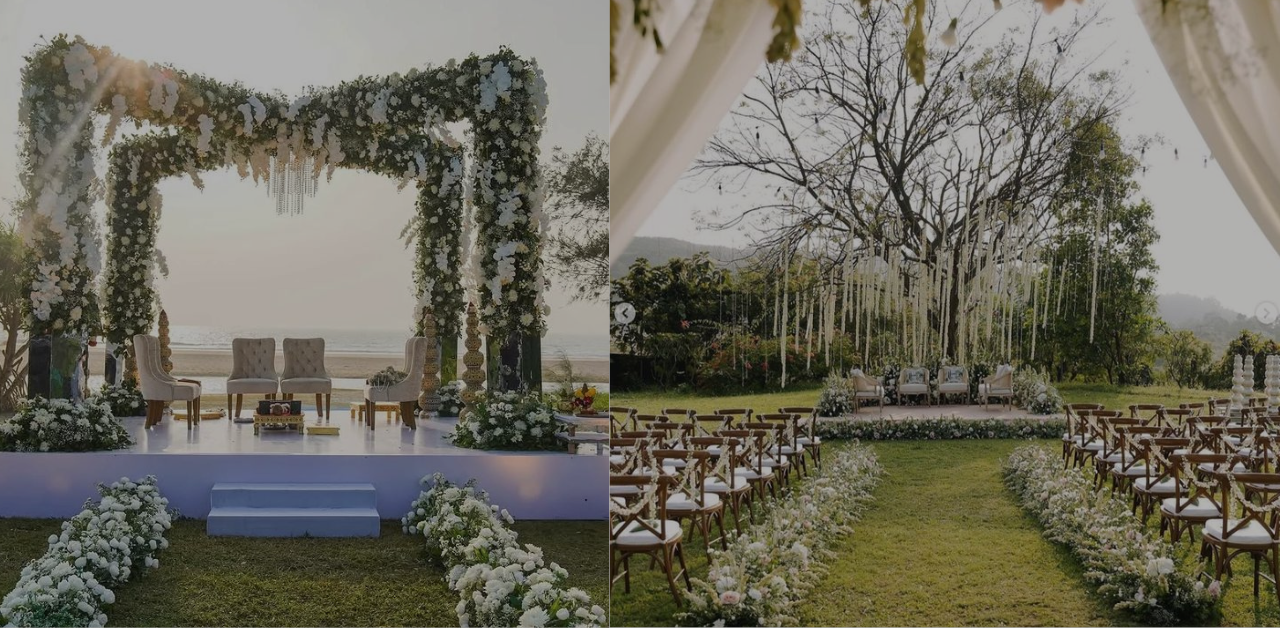
Wedding Decor
Elegant Minimalist Wedding Decor Ideas for Indian Weddings
By Siddharth Vaddepalli
 Jun 7, 2025
Jun 7, 2025Similar Blogs
Idea CollectionOur Curated List of Ideas for Each category
Our Curated Web stories
Loading data...
Our Super Vendor ManagerExplore through top Vendors in Each Category














